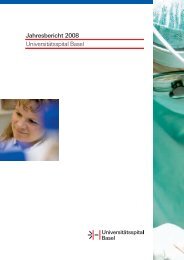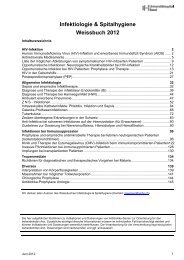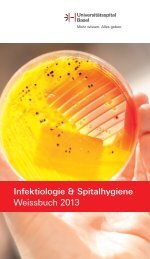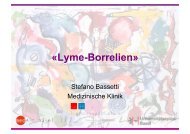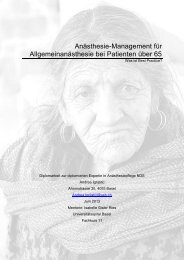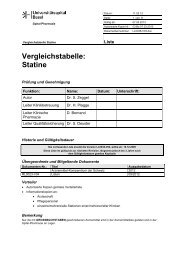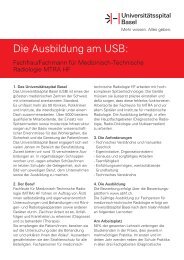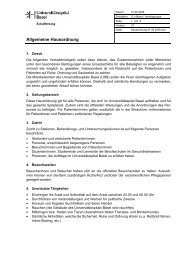Transmucosal Nasal Drug Delivery: Systemic Bioavailability of ...
Transmucosal Nasal Drug Delivery: Systemic Bioavailability of ...
Transmucosal Nasal Drug Delivery: Systemic Bioavailability of ...
Create successful ePaper yourself
Turn your PDF publications into a flip-book with our unique Google optimized e-Paper software.
Summary<br />
Project III: In this randomized multicenter trial with 110 anxious and/or claustrophobic patients<br />
undergoing MRI examinations, two nasal preparations for low-dose midazolam delivery,<br />
Midazolam MD <strong>Nasal</strong> Spray 5 mg/ml (MD) and Midazolam UD <strong>Nasal</strong> Spray 1 mg (UD), were<br />
compared. <strong>Nasal</strong> administration <strong>of</strong> 1 mg or 2 mg midazolam was provided before MRI examination.<br />
Within both groups anxiety reduction was significant, but there was no difference in anxiety<br />
reduction between the MD and UD group. Local irritation following administration <strong>of</strong> UD nasal spray<br />
was slightly more intense than local irritation after administration <strong>of</strong> MD nasal spray.<br />
<strong>Nasal</strong> delivery <strong>of</strong> low-dose midazolam is a safe therapy to provide procedural anxiolysis in patients<br />
undergoing MRI examinations. The two compared low-dose midazolam preparations for<br />
transmucosal nasal delivery <strong>of</strong> midazolam proved therapeutic equivalence. Hence, anxious and/or<br />
claustrophobic patients equally benefit from procedural anxiolysis during MRI examinations<br />
following administration <strong>of</strong> low-dose midazolam by MD nasal spray or UD nasal spray. Concerning<br />
convenient handling, administration to laying patients, and hygienic aspects the new midazolam<br />
nasal spray (UD) is superior to the commonly used midazolam multidose nasal spray (MD).<br />
Overall, the presented nasal preparations facilitated characterization <strong>of</strong> exclusive transmucosal<br />
nasal absorbed midazolam. In vivo neither RMβCD (equimolar to midazolam) nor administration<br />
modality changed the pharmacokinetic pr<strong>of</strong>ile <strong>of</strong> nasally applied midazolam. Chitosan<br />
hydrochloride promoted nasal midazolam absorption but clinical relevance (e.g., for the treatment<br />
<strong>of</strong> status epilepticus) is to be verified in further clinical investigations. High systemic bioavailability<br />
<strong>of</strong> nasally applied midazolam demonstrated the veritable potential <strong>of</strong> transmucosal nasal drug<br />
delivery as alternative to invasive drug administration.<br />
Katja Suter-Zimmermann Page 5 <strong>of</strong> 188 University <strong>of</strong> Basel, 2008




